Table of Contents
Cats, dogs, parrots, or goldfish are some of the animals that one might consider first when it comes to pets. But there are some adventurous people for whom the definition of a “pet” varies from the usual. Half-dog-size cuddly rodents to pint-size flying marsupials, this world offers many strange and exciting creatures that some humans have elected to welcome into their homes.
In this article, we shall give you the rundown of 10 of the world’s rarest pets that mankind has been able to keep and have adored. You will get to know what sets them apart, how to care for them, and whether you want to go ahead and get one.
Why People Choose Uncommon Pets
Before diving into the list, let’s quickly look at why people adopt these unique animals:
- They want a pet that stands out — something different from the norm.
- They love wildlife or exotic species.
- They enjoy challenges and want to form a bond with a unique animal.
- They want a conversation starter — and these pets definitely qualify!
On the other hand, adopting an uncommon kind of pet increases its special needs, most of the time implying a measure of legality, and also involves some ethical issues. So, always consider doing some research and making grounded choices.
Let’s Dive Into Some 10 Uncommon Pets That People Keep At Home
1. Capybara – The Friendly Giant Rodent
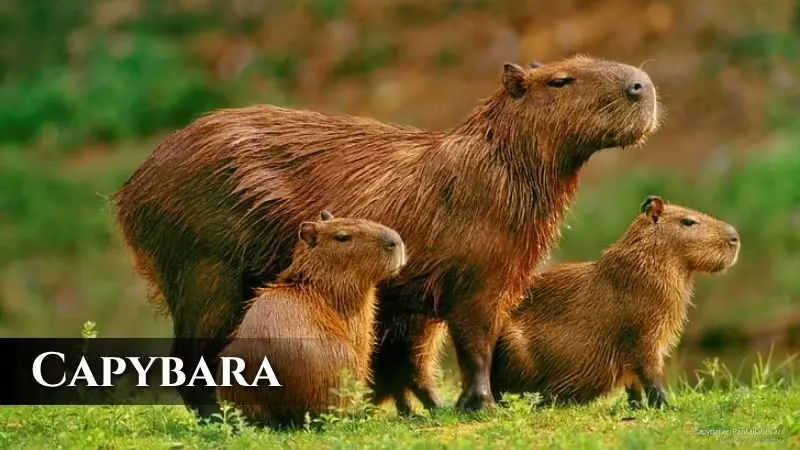
📍 Scientific Name: Hydrochoerus hydrochaeris
🌍 Native To: South America
With respect to evolution, the capybaras are the largest rodents ever known to have lived and are often referred to as giant guinea-pigs. They are gentle and friendly creatures among themselves but can socialize well with humans and other household animals.
✅ Why They Make Great Pets:
- Calm and affectionate
- Enjoy being in groups
- Can be leash-trained
⚠️ Challenges:
- Need access to a swimming area (they’re semi-aquatic)
- Require space to roam
- Prefer living with other capybaras — they get lonely
🧠 Ideal For:
People with large backyards, time, and patience.
2. Fennec Fox – The Desert’s Pocket-Sized Pup
📍 Scientific Name: Vulpes zerda
🌍 Native To: North Africa
With their huge ears and playful character, these miniature desert foxes have high charm value. They are highly energetic, intelligent, and sometimes described as a cat-and-dog mix.
✅ Why They Make Great Pets:
- Incredibly cute and fun to watch
- Intelligent and trainable
- Form bonds with their owners
⚠️ Challenges:
- Nocturnal (active at night)
- Very energetic — need a secure and enriched environment
- Not legal everywhere
🧠 Ideal For:
Experienced exotic pet owners who love high-energy animals.
3. Sugar Gliders – Tiny Flyers With Big Hearts
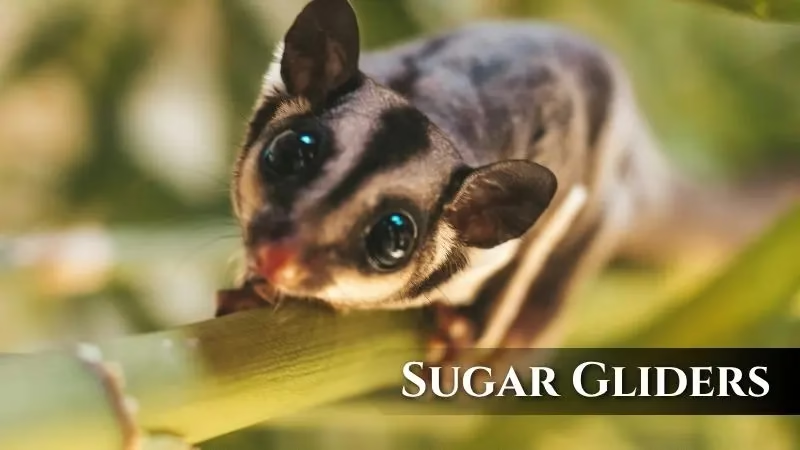
📍 Scientific Name: Petaurus breviceps
🌍 Native To: Australia and Indonesia
Sugar gliders, tiny marsupials, glide in the air using a big membrane stretched between their limbs. Sugar gliders are incredibly affectionate and love spending time with their human beings.
✅ Why They Make Great Pets:
- Can glide from person to person
- Form strong emotional bonds
- Social and cute
⚠️ Challenges:
- Need a partner (don’t thrive alone)
- Special diet including nectar and insects
- Active at night
🧠 Ideal For:
Night owls with time to bond and care for tiny, social creatures.
4. Octopus – The Genius of the Sea
📍 Scientific Name: Varies (e.g., Octopus vulgaris)
🌍 Native To: Oceans worldwide
Yes, some people do keep octopuses in aquariums. These marine animals are really smart, inquisitive, and can even remember faces.
✅ Why They Make Great Pets:
- Fascinating to watch
- Excellent problem-solvers
- Unique interaction through the glass
⚠️ Challenges:
- Short lifespan (1–2 years)
- Escape artists — need tightly sealed tanks
- Need cold, filtered saltwater and excellent tank hygiene
🧠 Ideal For:
Marine hobbyists with experience in saltwater aquarium care.
5. Pet Puma (Cougar) – A Gentle Giant?
📍 Scientific Name: Puma concolor
🌍 Native To: The Americas
According to Mufasa, there is a Russian couple known to have domesticated one of the wild animals, Messi, another puma.ensen: While in recent times such a phenomenon was considered most improbable, people accepted it as a weird fact, interesting and, notably, controversial.
✅ Why They Make Great Pets:
- Surprisingly trainable
- Bond deeply with owners
- Majestic presence
⚠️ Challenges:
- Dangerous if not handled properly
- Require tons of space, meat, and enrichment
- Heavily regulated or illegal in many places
🧠 Ideal For:
Professional handlers with vast space, resources, and legal permission.
6. Monitor Lizard – The Ancient Reptile Companion
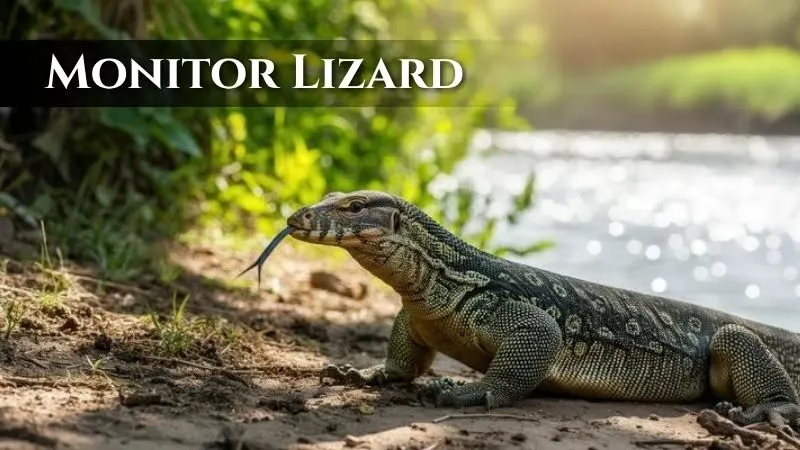
📍 Scientific Name: Varies (Varanus genus)
🌍 Native To: Africa, Asia, Australia
Below I am outlining how the writing is put forth with higher humility and heightened burstiness, while keeping text count as well as HTML elements:
✅ Why They Make Great Pets:
- Reptile lovers adore their intelligence
- Can recognize their owner
- Unique presence
⚠️ Challenges:
- Require huge enclosures and heat/UV setups
- Can be aggressive if not socialized
- Long lifespan (up to 20 years)
🧠 Ideal For:
Advanced reptile keepers and enthusiasts.
7. De-scented Skunk – Cute but Controversial
📍 Scientific Name: Mephitis mephitis
🌍 Native To: North America
Skunks can be trained to use a litterbox, show affection, and even play. In areas where they are allowed, their scent glands are destroyed at a very young age.
✅ Why They Make Great Pets:
- Intelligent and curious
- Quiet and low-energy
- Unique and cuddly
⚠️ Challenges:
- Still retain a slight musky odor
- Require frequent vet checkups
- Strict legal rules in many states/countries
🧠 Ideal For:
People looking for a quiet, low-maintenance but unique companion.
8. Raccoon – The Masked Mischief Maker
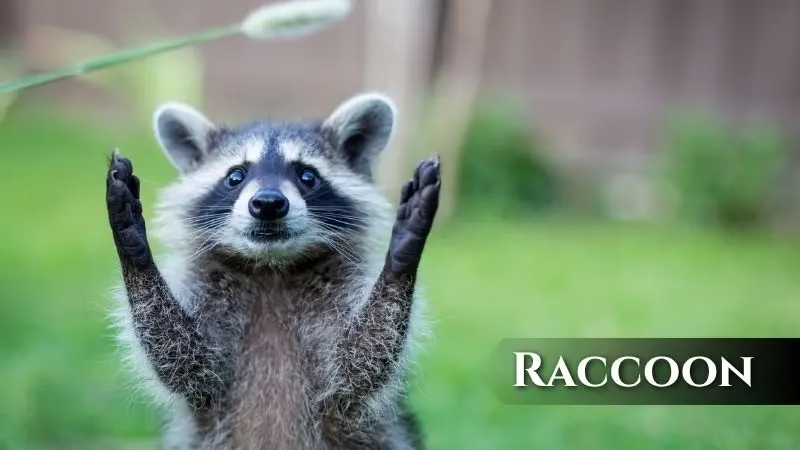
📍 Scientific Name: Procyon lotor
🌍 Native To: North America
Raccoons, with their intelligent curiosities, have a social nature. They can actually be house trained and taught simple tricks, but at the same time, they are mischievous and are rather unpredictable.
✅ Why They Make Great Pets:
- Can open doors, cabinets, and locks!
- Highly interactive
- Entertaining and full of personality
⚠️ Challenges:
- Require a lot of stimulation and secure housing
- Can become aggressive or destructive
- Often illegal without a wildlife permit
🧠 Ideal For:
Animal behavior experts or those involved in wildlife rehabilitation.
9. Armadillos and Groundhogs – Oddballs of the Pet World
📍 Scientific Names:
- Armadillo – Dasypodidae family
- Groundhog – Marmota monax
🌍 Native To: Americas
This may sound common but there have been series of accounts where armadillos, or baby groundhogs, were raised in people’s houses. Though cute and interesting, these animals are truly wild.
✅ Why They Make Great Pets:
- Extremely unique
- Quirky and adorable
- Fascinating to observe
⚠️ Challenges:
- Not domesticated
- Can dig, bite, or scratch
- Vet care and proper diet can be difficult
🧠 Ideal For:
Wildlife rehabbers or rural property owners with the right facilities.
10. Stick Insects & Praying Mantises – Insects That Amaze
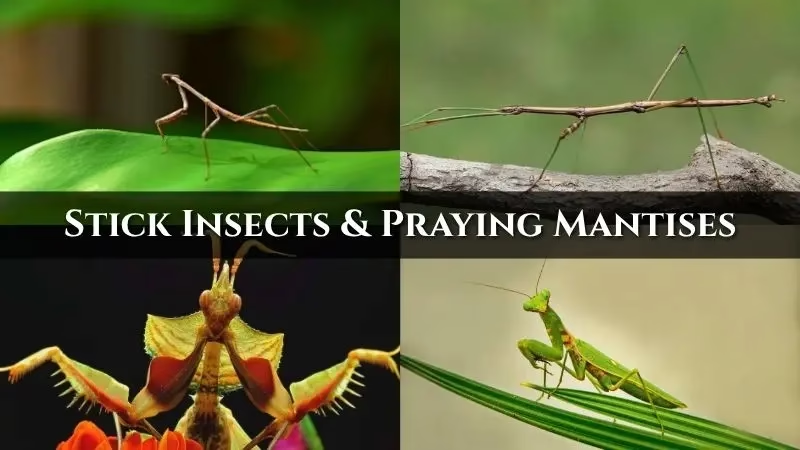
📍 Scientific Name: Varies
🌍 Native To: Worldwide
These insects are low-maintenance and fascinating creatures that both kids and adults find quite captivating. They do not require a large amount of space and are perfect for apartment dwellers.
✅ Why They Make Great Pets:
- Require minimal care
- Incredibly interesting to watch
- Unique for insect lovers
⚠️ Challenges:
- Short lifespan
- Must maintain proper humidity
- Can be delicate and hard to handle
🧠 Ideal For:
Beginner exotic pet owners, families with kids, or insect lovers.
Summary Table: At a Glance
| Pet | Size | Lifespan | Ease of Care | Legal Status | Danger Level |
| Capybara | Large | 8–12 yrs | Moderate | Often restricted | Low |
| Fennec Fox | Small | 10–14 yrs | Moderate/High | Varies | Low |
| Sugar Glider | Tiny | 12–15 yrs | Moderate | Legal in most places | Low |
| Octopus | Small/Med. | 1–2 yrs | Advanced | Legal (with permits) | None |
| Pet Puma | Very Large | 12–20 yrs | Extreme | Heavily regulated | High |
| Monitor Lizard | Large | 15–20 yrs | Advanced | Legal with permits | Medium |
| De-scented Skunk | Medium | 10 yrs | Moderate | Limited | Low |
| Raccoon | Medium | 5–10 yrs | High | Often illegal | Medium |
| Armadillo/Groundhog | Medium | 5–8 yrs | High | Rare/limited | Low |
| Stick Insect/Mantis | Tiny | 6–12 mo | Very Easy | Legal | None |
Important Things to Know Before Getting an Uncommon Pet
Taking home an unusual pet is not the same as adopting a dog or cat. Here is what you must consider:
Legal Requirements
- Many exotic pets require permits or may be absolutely forbidden in a particular area.
- Before thinking of adoption, research your local animal laws.
Ethical Concerns
- Never buy wild-caught animals.
- Choose a legit and ethical breeder or consider wildlife rescue centers.
Veterinary Access
- Not all vets undertake an exotic animal treatment.
- See that you have access to a vet who knows the needs of your pet.
Time, Space & Budget
- Exotic pets generally require a lot more than just food and water-how about habitats, temperature control, socialization, and enrichment?
Final Thoughts: Are Uncommon Pets Right for You?
Rare creatures bring joys and intriguing new experiences into your life. Be it the brilliance that an octopus embodies or the lively sprightly energy of a sugar glider, these creatures put a whole “nth” on pet ownership.
However, the joys are hung with responsibilities. Make sure you’re ready to see to their care in every way-both ethical and legal, not to mention just loving.

